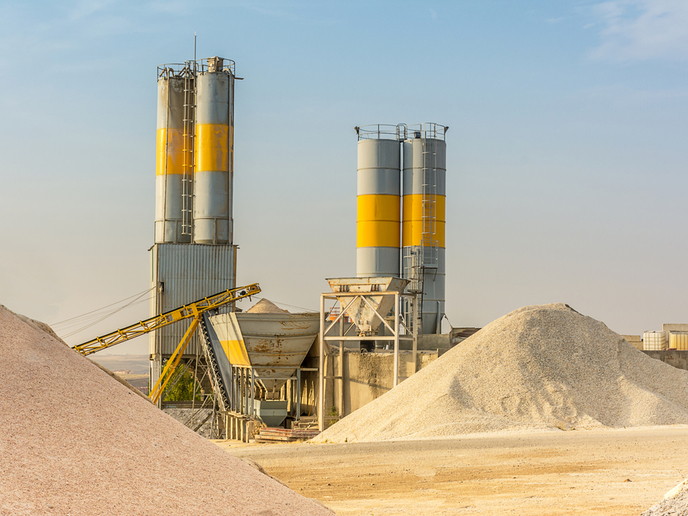
Concrete is the most widely used building material in the world. As a key component of concrete, cement – and more specifically its production process – is a significant contributor to climate change. Every year, over 4 billion tonnes of cement are produced, and this activity is responsible for around 8% of global CO2 emissions. Surprisingly, around 60% of the CO2 emissions associated with this production aren’t released from the combustion of fossil fuels, but from the chemical reaction in the process.
With this challenging problem in mind, the EU-funded LEILAC project developed a breakthrough technology with the potential to dramatically reduce the emissions of Europe’s cement and lime industries. Called direct separation, the technology efficiently captures the CO2 emitted during lime and cement production. Normally, when cement is produced, limestone is decomposed to lime and CO2 in special kilns, or calciners. By re-engineering the standard process flows of a traditional calciner, the LEILAC system enables pure CO2 to be captured as it’s released from the limestone while the furnace combustion gases are kept separate. The innovation requires no additional chemicals and only minimal changes to the standard cement production processes, namely the replacement of the calciner.
Successful test runs
Coordinated by Calix Limited, the project recently successfully completed its preliminary test runs at a cement plant at Lixhe, in eastern Belgium. Using the new technology on both cement and lime meal, the LEILAC team successfully demonstrated the separation of CO2 with more than 95% purity. “While there are still challenges ahead to achieving full design capacity, we have achieved many breakthroughs in many key areas of the technology,” says Calix’s founder and chief scientist Mark Sceats in an article posted on the website of Australian manufacturing magazine ‘Industry Update’.
“The carbon capture piece of our technology represents a unique approach to mitigating CO2 emissions from lime and cement manufacturing and has the potential to leapfrog other technologies in terms of both timing and cost.”
Although not yet at full design capacity, the technology shows promise as a way for the cement industry to decrease its emissions without significant energy or capital penalty. If the industry is to aid the EU in meeting its target of reducing CO2 emissions by at least 80% by 2050, then it will have to implement carbon capture in about two thirds of its plants. Next, LEILAC (Low Emissions Intensity Lime and Cement) will be rectifying some commissioning issues that are normal for such projects. Following this, it will be testing full design capacity. Test runs will be conducted until the end of 2020 to tackle possible longer-term issues. The project team has also begun planning the next scale-up of the technology, which includes conceptual design and attracting funding.
Source
CORDIS, press release, 2019-09-13.
Supplier
Share
Renewable Carbon News – Daily Newsletter
Subscribe to our daily email newsletter – the world's leading newsletter on renewable materials and chemicals













